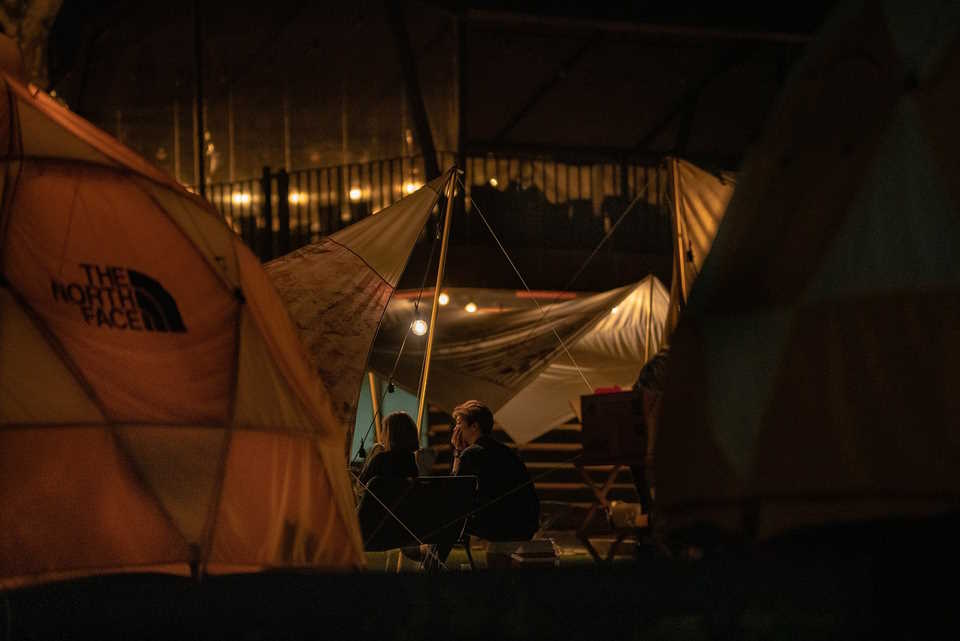If you’re a new parent or have recently welcomed a little one into your family, you may be wondering if it’s possible to enjoy the great outdoors and go camping with your baby. The answer is yes, absolutely! Camping with a baby can be a wonderful experience that allows you to bond as a family and introduce your little one to the beauty of nature. However, there are a few things to consider before embarking on your adventure. We will discuss the ideal age for camping with a baby, what your baby should sleep in while camping, and how to keep your one-year-old warm during your camping trip. So, let’s get started and ensure that your camping experience with your little one is safe, comfortable, and memorable
Introduction
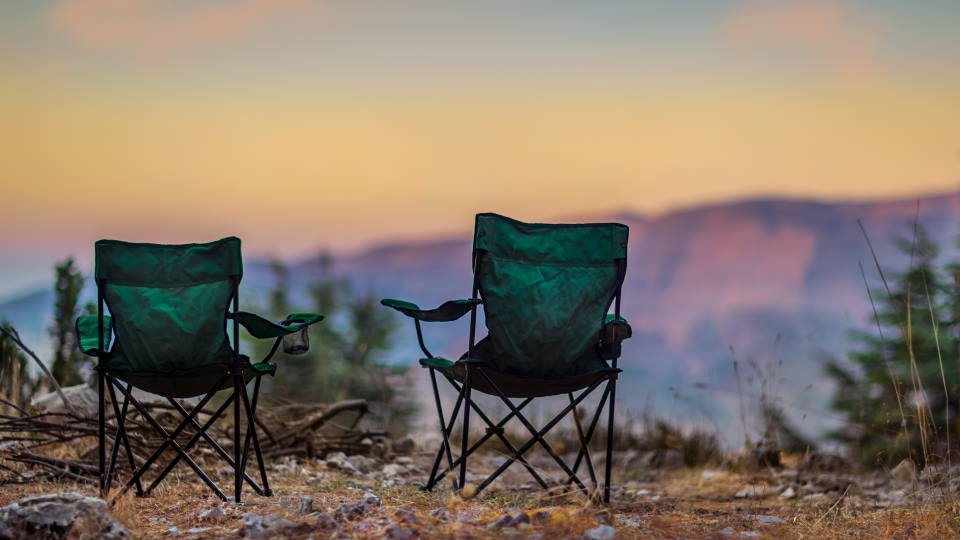
Camping with a baby can be a fun and memorable experience for the whole family. However, it does require some extra planning and preparation to ensure your little one is comfortable and safe in the great outdoors. We will provide you with some valuable tips and advice on how to camp with a baby.
- Choose a baby-friendly campground: When selecting a campsite, it’s important to find one that is suitable for camping with a baby. Look for campgrounds that offer family-friendly amenities such as clean restrooms, running water, and designated quiet hours.
- Get your baby used to the outdoors: Before embarking on your camping trip, it’s a good idea to expose your baby to the outdoors. Take them on short walks or spend time in a local park to get them accustomed to nature’s sights, sounds, and smells.
- Pack essential baby gear: Make a checklist of all the necessary baby gear you’ll need for your camping adventure. This may include a portable crib or bassinet, baby sleeping bag or blankets, diapers, wipes, baby clothes, and plenty of bottles or breastfeeding supplies.

- Create a safe sleeping environment: Ensuring a safe sleeping environment for your baby is crucial. Use a sturdy and comfortable crib or bassinet to keep them elevated off the ground and protected from any crawling critters. Placing a mosquito net over the sleeping area can also provide extra protection.
- Keep your baby warm: Camping can get chilly, especially at night. To keep your 1-year-old warm, dress them in layers and bring plenty of cozy blankets. Invest in a good-quality baby sleeping bag or sleep sack that is designed to provide warmth and comfort in colder temperatures.
- Stay on schedule: Maintaining your baby’s routine can help them feel secure and ensure a smoother camping experience. Stick to their regular feeding and sleeping schedule as much as possible, even while camping. Familiarity and consistency will make your baby feel more at ease in a new environment.
| Camping Essentials for Baby: | Don’t Forget: |
|---|---|
| Portable crib or bassinet | Diapers and wipes |
| Baby sleeping bag or blankets | Baby clothes |
| Mosquito net | Bottles or breastfeeding supplies |
With proper planning and preparation, camping with a baby can be an incredibly rewarding experience. It allows you to introduce your little one to the wonders of nature and create lasting memories as a family. Just remember to prioritize your baby’s safety, comfort, and routine throughout the trip.
How Old Should a Baby Be Before Camping?
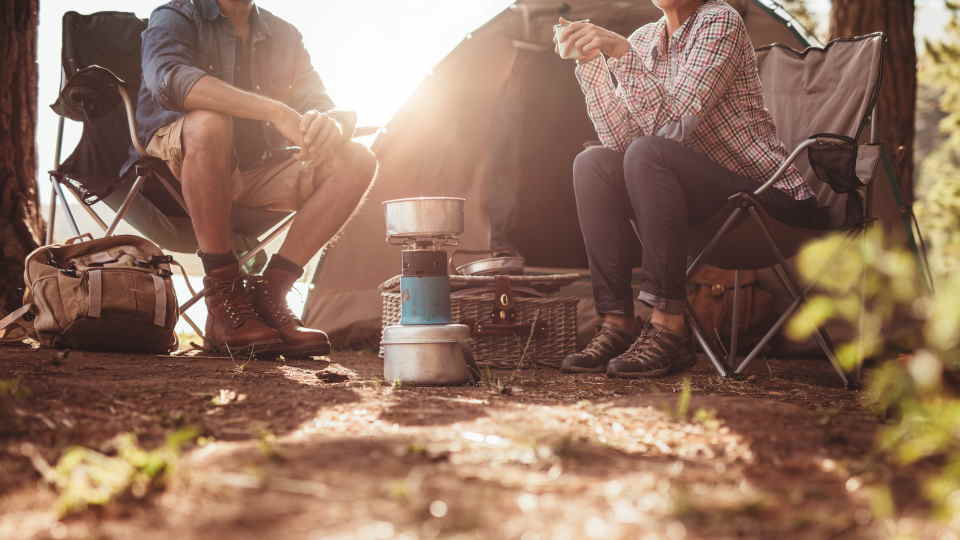
When it comes to camping with a baby, one of the first questions that often comes to mind is, “How old should a baby be before camping?” While there is no definitive answer to this question as every baby is different, there are some general guidelines to consider.
Developmental Milestones:
- Physical Development: Before taking your baby camping, it’s important to ensure that they have developed enough physical strength and stability. This includes being able to hold their head up unassisted, being able to sit with support, and having good neck control.
- Sleep Patterns: Camping can disrupt a baby’s sleep routine, so it’s essential to consider their sleep patterns before planning a camping trip. Most experts recommend waiting until your baby has established a somewhat predictable sleep schedule.
- Immunizations: Another factor to consider is your baby’s immunization status. Depending on the age and location of your camping trip, there may be certain risks and exposures that you’ll want to discuss with your pediatrician.

Tips for Camping with a Baby:
- Start with a Trial Run: Before embarking on a longer camping trip, consider starting with a shorter trial run. This will give you an opportunity to see how your baby responds to the experience and make any necessary adjustments.
- Pack Essentials: When packing for camping with a baby, be sure to include all the essential items they’ll need. This includes diapers, wipes, extra clothing, formula or breast milk, bottles, and any comfort items they rely on.
- Create a Comfortable Sleeping Environment: To ensure your baby gets a good night’s sleep while camping, create a comfortable sleeping environment. This may involve bringing along a portable crib or bassinet, as well as familiar bedding and white noise machine.
- Stay Prepared for Weather Changes: Weather can be unpredictable while camping, so it’s crucial to pack accordingly. Make sure you have appropriate clothing and gear to keep your baby warm or cool, depending on the weather conditions.
- Be Mindful of Safety: Finally, always prioritize safety when camping with a baby. This includes being mindful of potential hazards in the camping area, utilizing baby-safe sunscreen, insect repellents, and keeping a close eye on your little one at all times.
While camping with a baby can require a bit more planning and preparation, it can also be a rewarding and memorable experience for the whole family. By considering your baby’s age, developmental milestones, and following these tips, you’ll be well on your way to enjoying a successful camping trip with your little one.
What Should a Baby Sleep in When Camping?
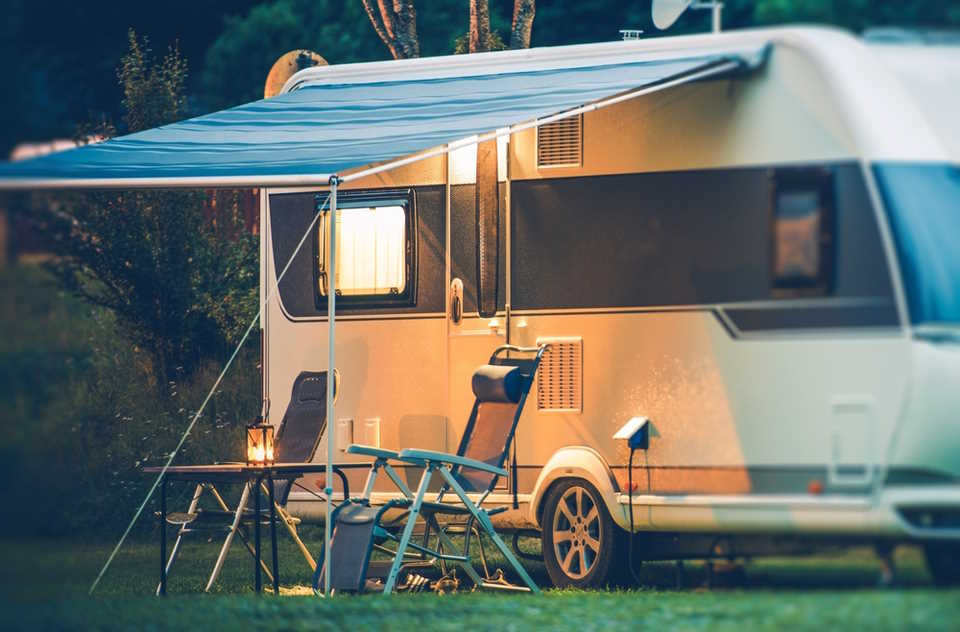
When planning a camping trip with a baby, ensuring their safety and comfort during sleep is of utmost importance. Choosing the right sleeping arrangement will help your little one have a restful night’s sleep and allow you to enjoy your camping experience. So, what should a baby sleep in when camping?
- Portable crib or bassinet: One of the safest and most convenient options is to bring along a portable crib or bassinet specifically designed for camping. These lightweight and compact sleep solutions are easy to set up and provide a comfortable and familiar environment for your baby to sleep in.
- Co-sleeping with parents: If you prefer to have your baby close to you during the night, co-sleeping in a spacious tent can be a good option. Make sure to create a safe sleeping space by using a firm mattress or sleeping pad, and avoid loose bedding or pillows that may pose a suffocation risk.
- Bedside sleeper: Another option is to use a bedside sleeper that attaches to your sleeping bag or mattress. These compact sleepers allow you to keep your baby close while maintaining a separate sleeping space, providing both convenience and peace of mind.

Regardless of the sleeping arrangement you choose, it is crucial to prioritize your baby’s safety. Here are a few additional tips to ensure a safe sleeping environment:
- Dress your baby appropriately: Depending on the weather conditions, dress your baby in layers, so you can easily adjust their clothing if they get too hot or too cold during the night.
- Use a sleep sack: Instead of using loose blankets, opt for a sleep sack to keep your baby warm without the risk of suffocation.
- Keep the sleeping area clean: Regularly check for any debris, insects, or other potential hazards in the sleeping area, and ensure that it is a safe and clean space for your baby to sleep.
| Pros | Cons |
|---|---|
| Portable and convenient | Additional equipment to carry |
| Comfortable and familiar environment | May not be suitable for older or more active babies |
| Allows for co-sleeping | Requires extra precautions for safety |
Remember, every baby is different, and what works for one may not work for another. It is essential to assess your baby’s individual needs and preferences when deciding on the best sleeping arrangement for camping. By considering their safety, comfort, and your own convenience, you can ensure an enjoyable camping experience for the whole family.
How Do I Keep My 1 Year Old Warm When Camping?
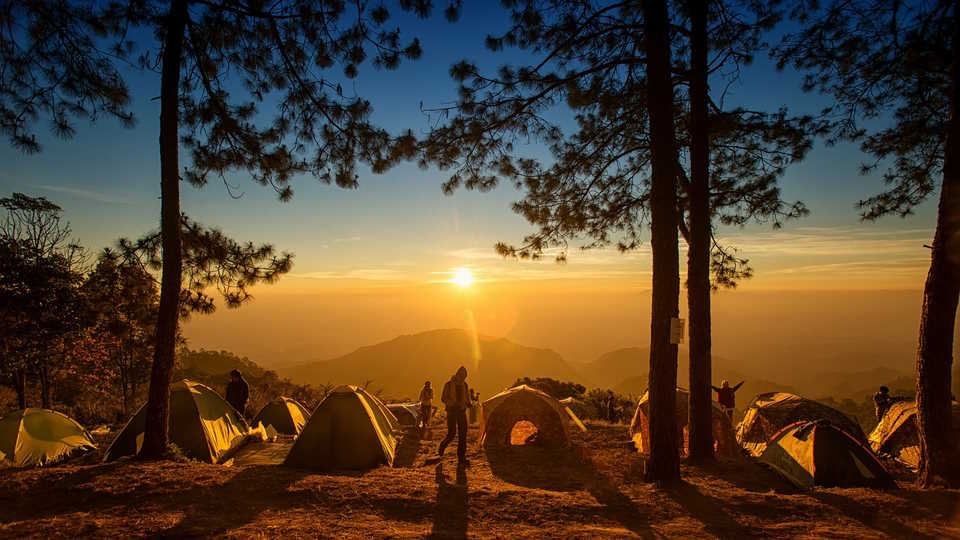
When it comes to camping with a 1-year-old, one of the most important considerations is how to keep them warm and comfortable in the great outdoors. As temperatures can drop significantly, especially during the night, it is crucial to take necessary precautions to ensure that your little one stays cozy throughout the camping trip.
- Layering is key: One of the best ways to keep your 1-year-old warm during camping is by dressing them in multiple layers. This allows you to easily adjust their clothing based on the temperature changes. Start with a soft, comfortable base layer made of moisture-wicking material to keep their skin dry. You can then add a layer of insulation, such as a fleece jacket or pants, to provide extra warmth. Finally, top it all off with a waterproof and windproof outer layer to protect them from the elements.
- Choosing the right sleeping gear: Another essential aspect of keeping your 1-year-old warm while camping is selecting the appropriate sleeping gear. Opt for a warm and well-insulated sleeping bag that is specifically designed for infants or toddlers. Look for a sleeping bag with a temperature rating suitable for the climate you will be camping in. Additionally, consider using a sleep sack or wearable blanket to provide an extra layer of warmth and ensure that your baby stays safe and snug throughout the night.
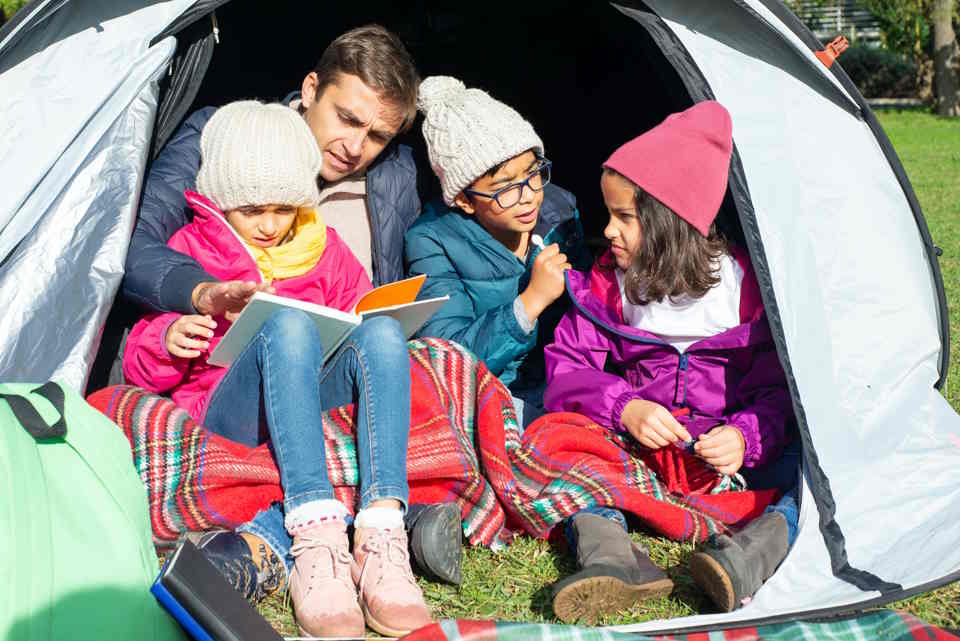
- Proper bedding: Along with a cozy sleeping bag, it is important to provide your little one with adequate bedding to keep them warm when camping. Use thick and insulating sleeping pads or mattresses underneath the sleeping bag to cushion them from the cold ground. You can also layer blankets or quilts on top of the sleeping bag for additional warmth. Ensure that the bedding is securely tucked in to prevent any drafts from reaching your baby.
- Stay close and monitor: Keeping your 1-year-old warm during camping involves being mindful of their comfort throughout the trip. Make sure to keep them close to you during colder periods, such as around the campfire or during chilly evenings. Regularly check their body temperature and feel their extremities, like hands and feet, to ensure they are not too cold. If needed, use mittens, socks, or hats to keep their extremities warm.
- Stay dry: Wet clothing and bedding can quickly lead to discomfort and hypothermia in young children. It is crucial to keep your 1-year-old dry while camping, especially during rainy or snowy conditions. Pack extra sets of dry clothes and change them immediately if they get wet. Additionally, invest in waterproof outerwear and gear to shield them from moisture. Using a tarp or canopy over your camping area can also provide a dry and sheltered space for your baby.
With these tips, you can ensure that your 1-year-old stays cozy and warm while enjoying the wonders of camping. Remember, their comfort and well-being should always be your top priority, so don’t hesitate to make adjustments or seek additional guidance based on their individual needs. Happy camping!

